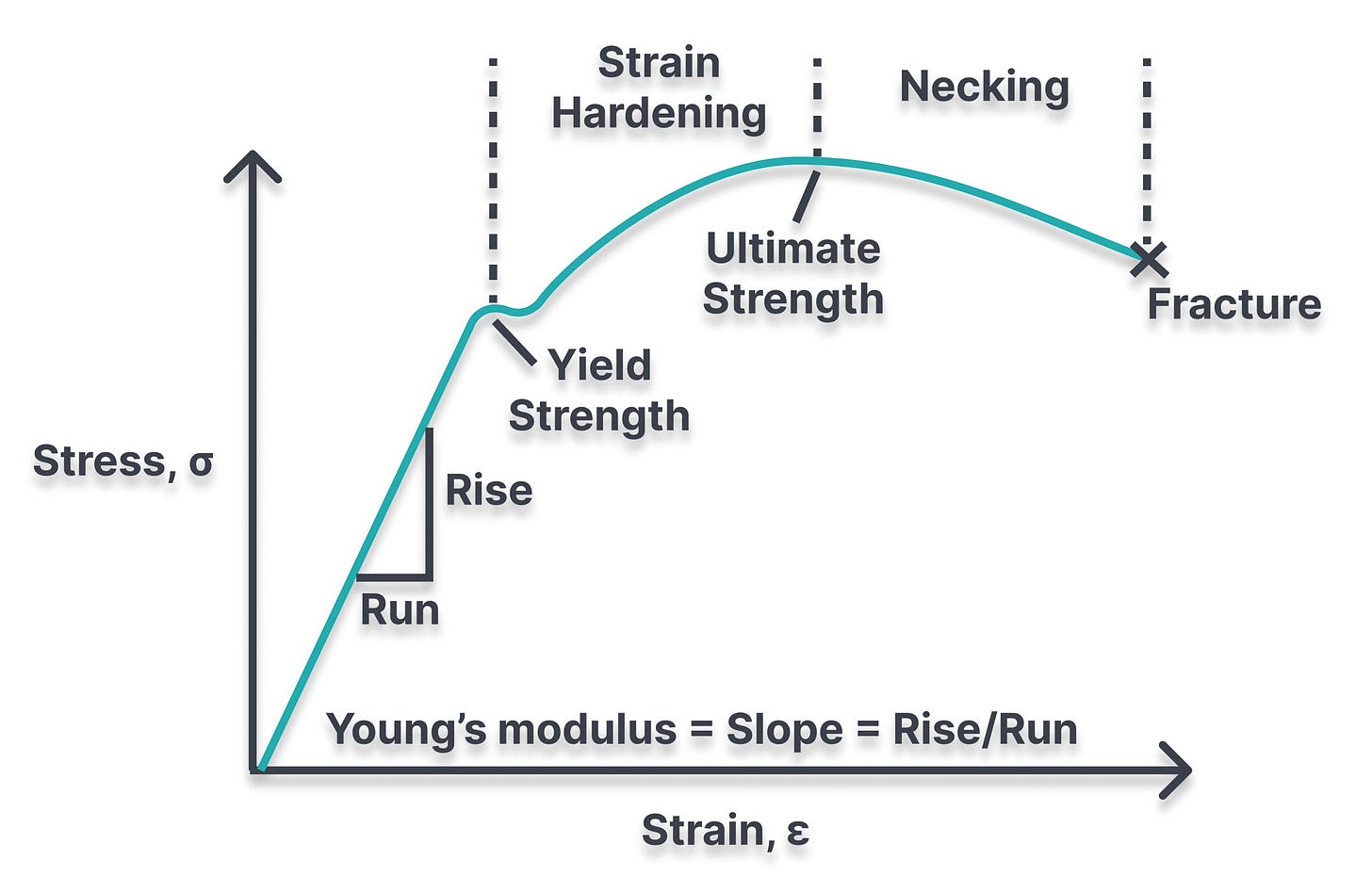⚙️ Mechanical Engineering Resources:
We have put a dozen guides for mechanical engineering students and early professionals on our website
50 Hardware Startups who have raised less than $50 million (perfect internship targets)
How to handle The Behavioral Interview
What it take to be The 10X Intern
💼 Jobs & Internships
Internship season is in full swing! The race is on!
Freshmen - Check out our 4-Year Plan for how to get internships at startups!
Sophomores - Apply To These Positions
Charm Industrial Mechanical Engineering Intern
Antora Mechanical Engineering Intern
Turion Space Mechanical Engineering Intern
Juniors - Full Send Longshots!
Relativity Space Vehicle Structures Intern
Figure Mechanical Engineering Intern
Amazon Robotics Quality Engineering Intern
Seniors & Graduates - It’s Go (Full) Time!
Super Tough:
SpaceX New Graduate Mechanical Engineer (Starship)
VAST Mechanical Engineer I
Mach Industries Mechanical Engineer
More Reasonable:
Stratasys Associate Mechanical Engineer
Keurig DrPepper Mechanical Engineer
Silvus Mechanical Engineer
Not seeing what you are looking for? Check out our Job Board for more MechE positions!
👶 Meme Of The Week
🙋♂️ Interview Practice Question of the Week
Company: Tesla
What’s the difference between true and engineering stress? Why do we sometimes use one, and sometimes the other?
✅ The Answer
Most mechanical engineers don’t take a materials course until their junior year. Unfortunately, that doesn’t really matter to the company interviewing you, so it’s probably not worth telling them that. That said, that’s one of the reasons why Hardware is Hard exists! There are things you need to know for interviews that you may not have had the experience or opportunities to learn already. Stress strain curves and materials more broadly, will almost always be in your interview in some form. This is something that you need to learn the basics of as early as possible.
Now, if you don’t know what a stress strain curve is, don’t panic! But please do some research before your next interview.
Stress = force / area = F / A
Strain = change in length / initial length = dL / Lo
Image courtesy of Berkeley FSAE 2021 suspension carbon fiber investigation (Ziven P).
A stress strain curve is generally found using a force displacement test on an Instron (or similar instrument). As the name of the test implies, the machine applies a given force on a sample, and measures the corresponding displacement (in reality, it applies a displacement and measures the force, but that’s not really relevant). Using the initial length of the sample, the strain can be calculated. The stress can be calculated similarly using the applied force, and initial cross sectional area. This is where the difference between true, and engineering stress can be found.
As with most things in this universe, engineers prefer to be lazy. In fact, it is from laziness that some of history’s greatest inventions have spawned. In this case, as an engineer, I’m happy to measure the initial cross sectional area of my sample, Ao. As the test gets carried out, I would really prefer not to remeasure that area every time the force changes (probably many times a second). The area doesn’t change that much through most of the test anyways (until the necking region), so it’s probably fine right?
Well, if we assume the area to be larger than it is, and stress = F/A, we get a higher applied stress for a given force than reality. This means that when we define our yield / ultimate stress, the values are actually overly conservative! Therefore, it’s pretty much okay to use the engineering stress in most situations (situations where saving every shred of weight isn’t highly critical). That’s why we call it the engineering stress!
The true stress therefore, would be the actual stress at each data point, meaning that additional data on the cross sectional area is required. Graphically, the true stress strain curve is always higher than the engineering stress strain curve. This means that the material is capable of absorbing more energy than the engineering stress strain curve might suggest. Additionally, it is worth noting, the two curves follow each other relatively closely until the ultimate stress is reached, at which point the necking region begins. Necking is defined (at least by Google) as “the localized reduction of cross-sectional area of a specimen under tensile load.” Given that statement, it should make sense why the engineering and true stress deviate so much from each other at that point.
There are also equations that can be used to relate the two curves to each other. We at Hardware is Hard are working diligently to bring you more content and hope to release a materials overview at some point covering this content in greater depth.
Please note, this question is more than likely part of a larger materials review covering stress strain of different materials, grain structure, heat treatment, poisson’s ratio, elasticity/plasticity and snapback among other things, so study up!








